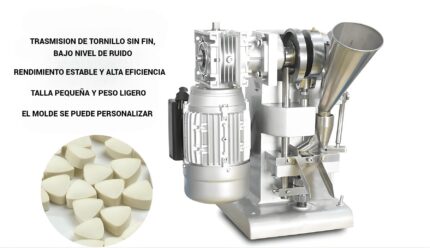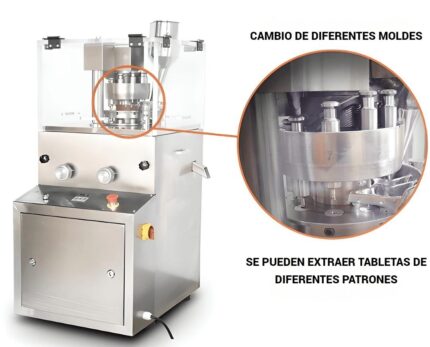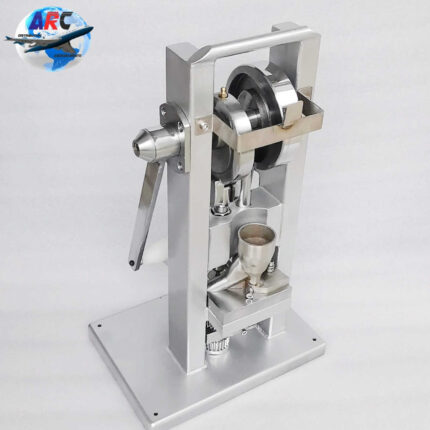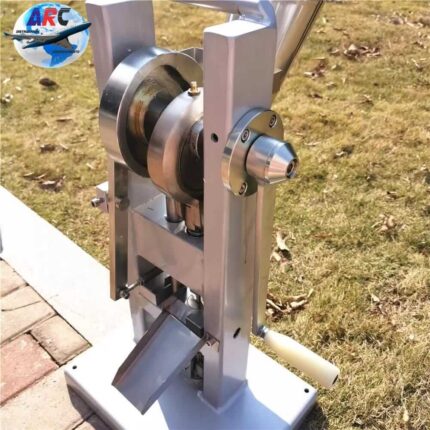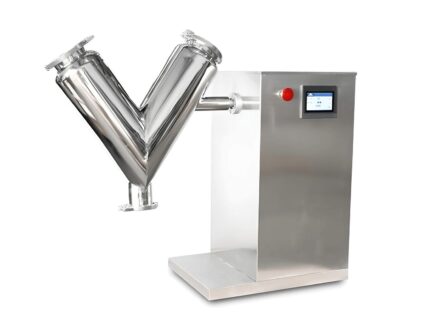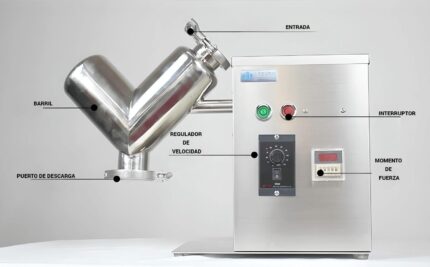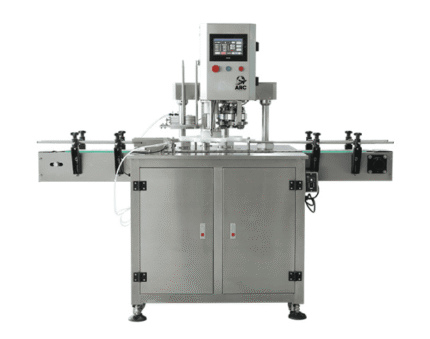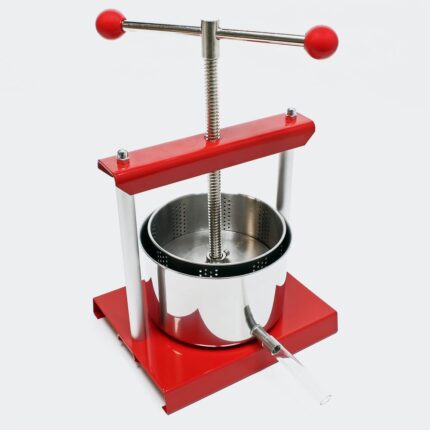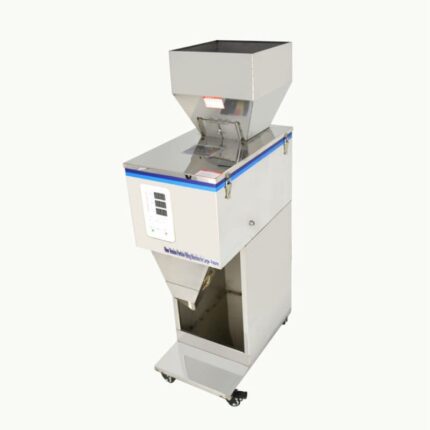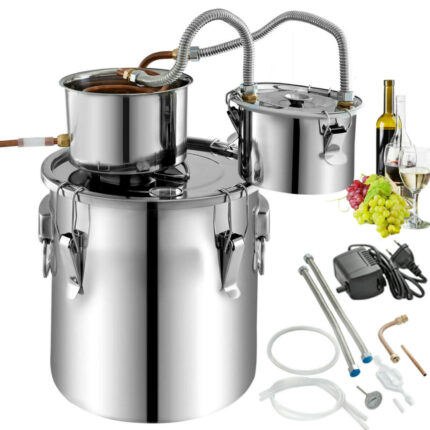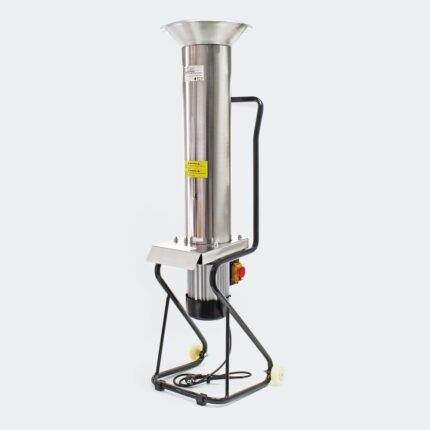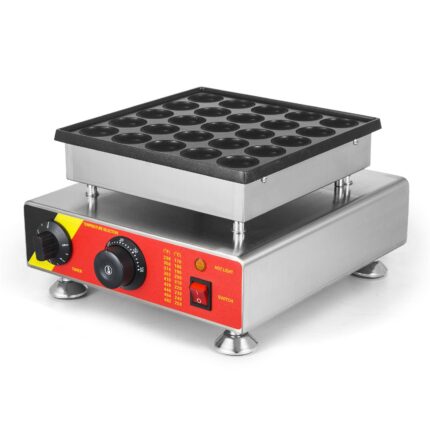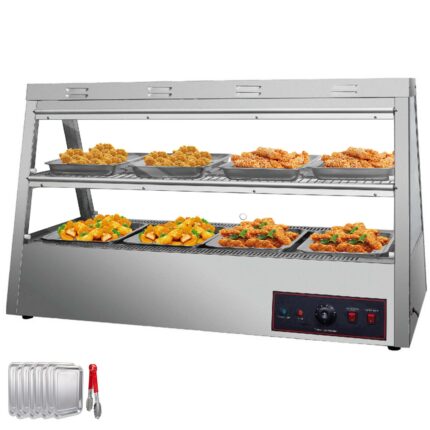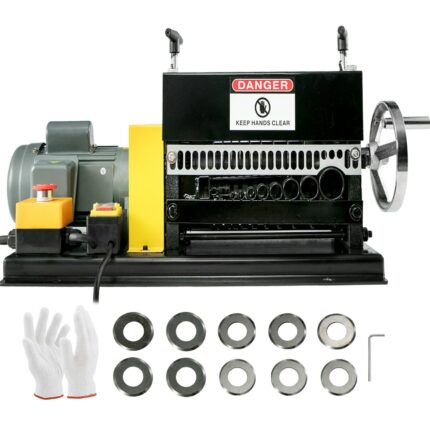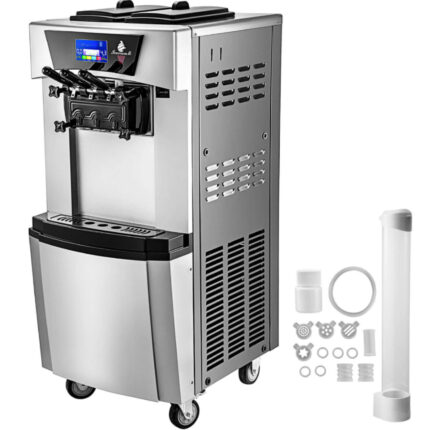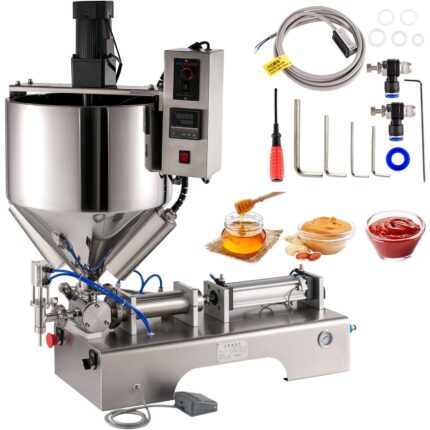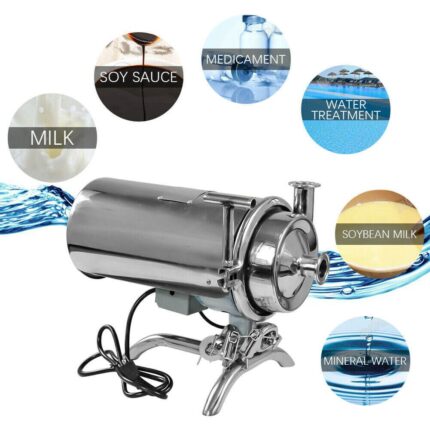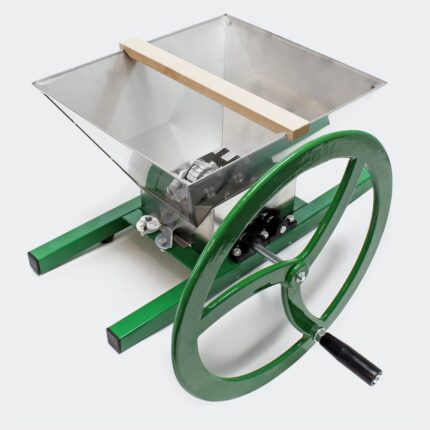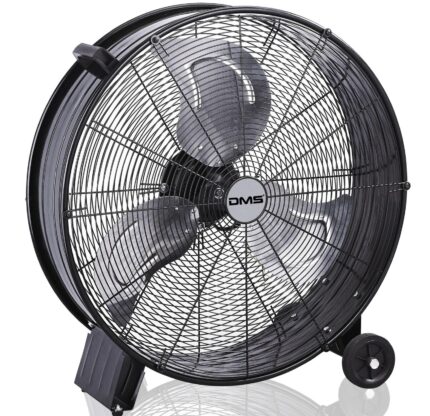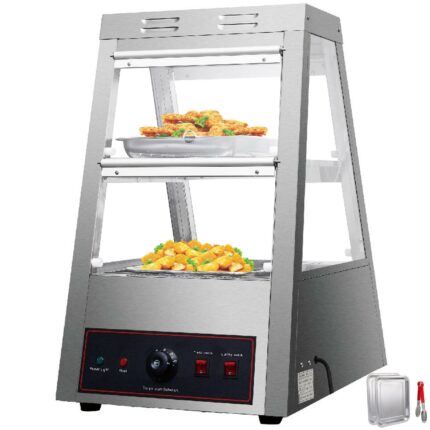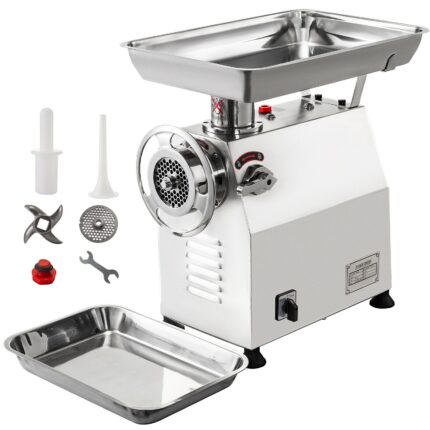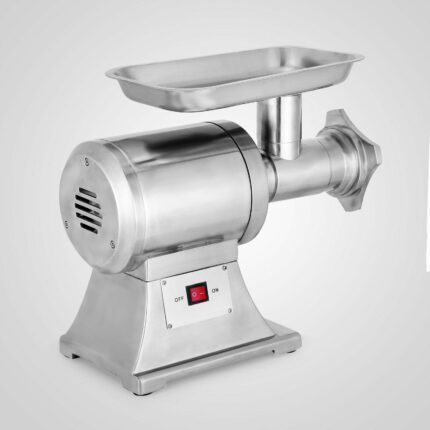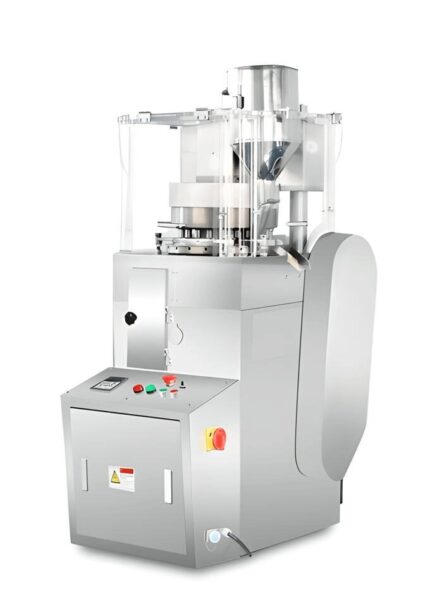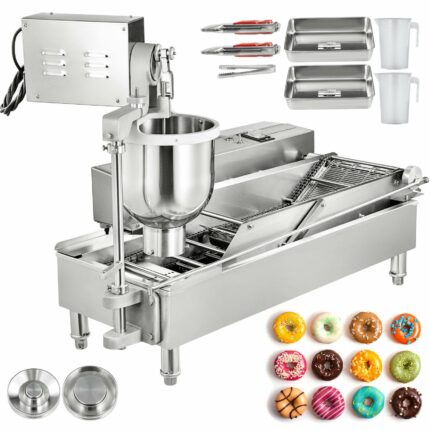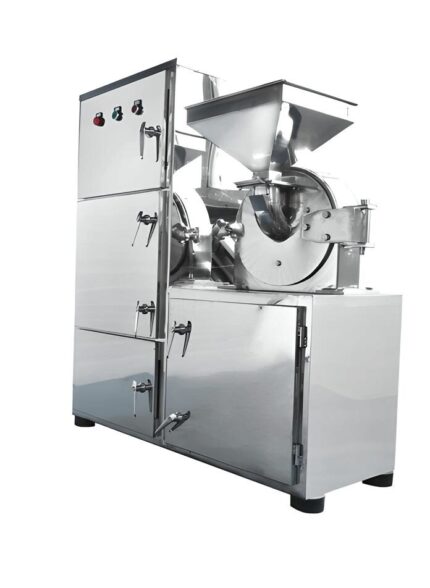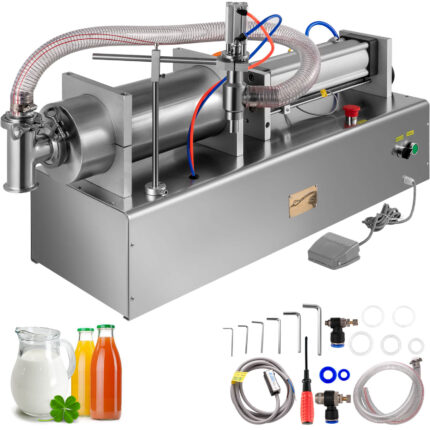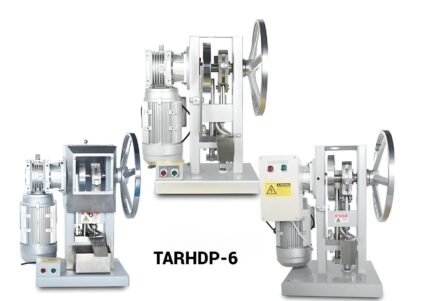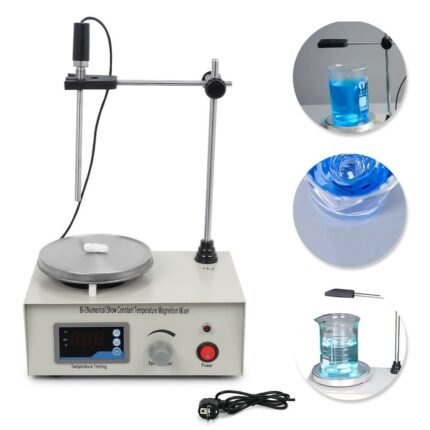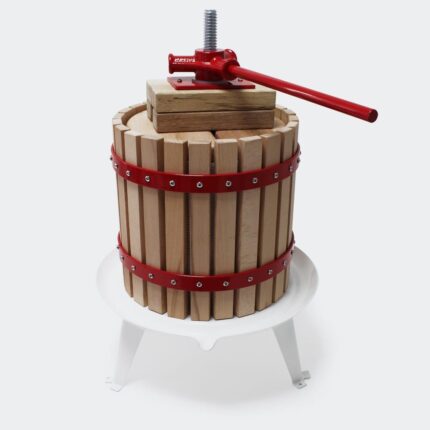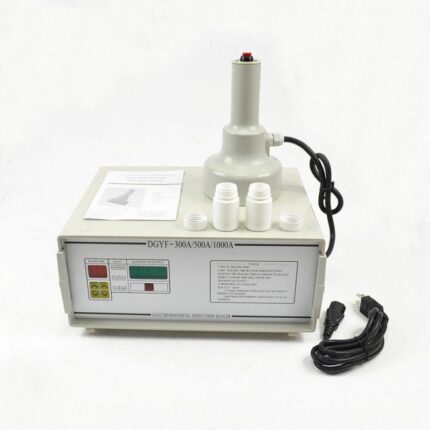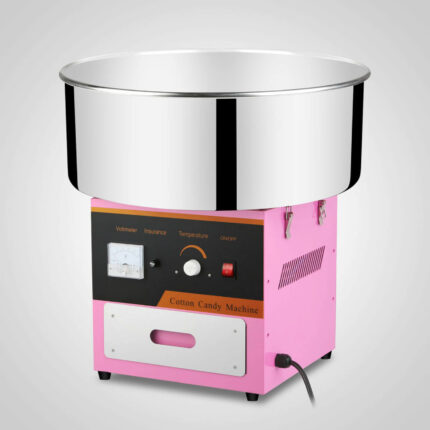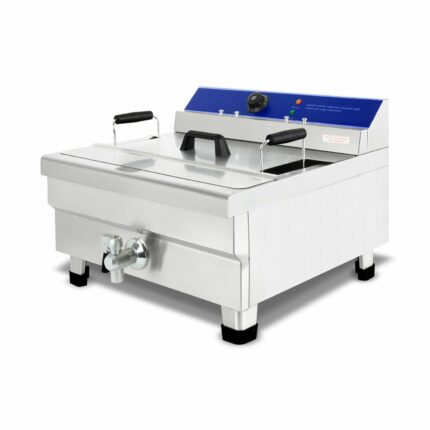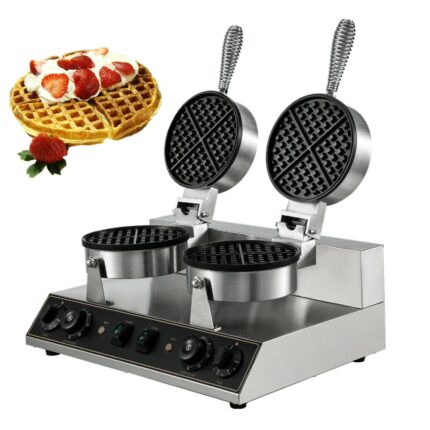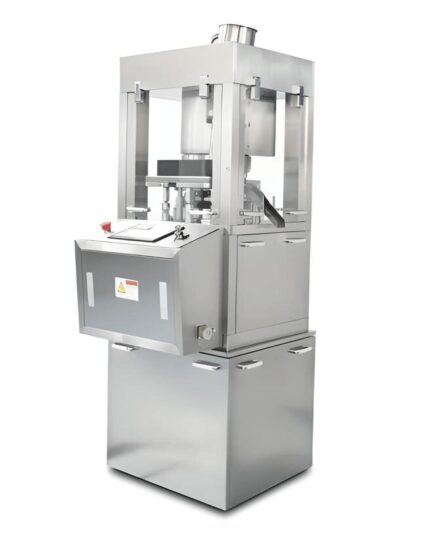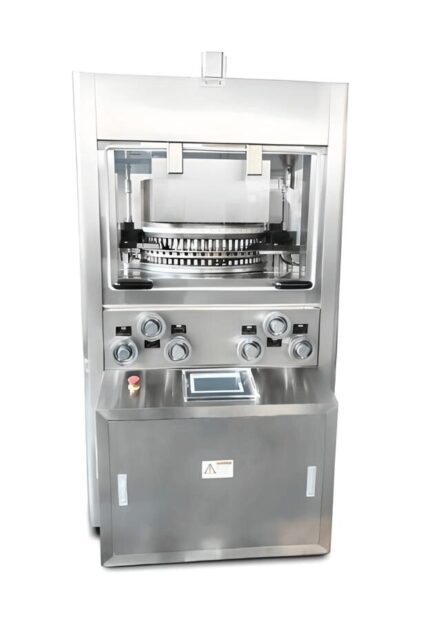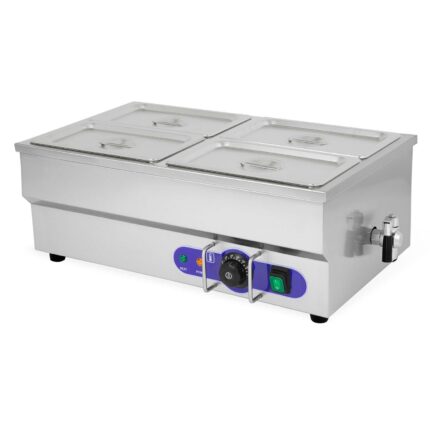Natural excipients for herbal tablets: a practical guide
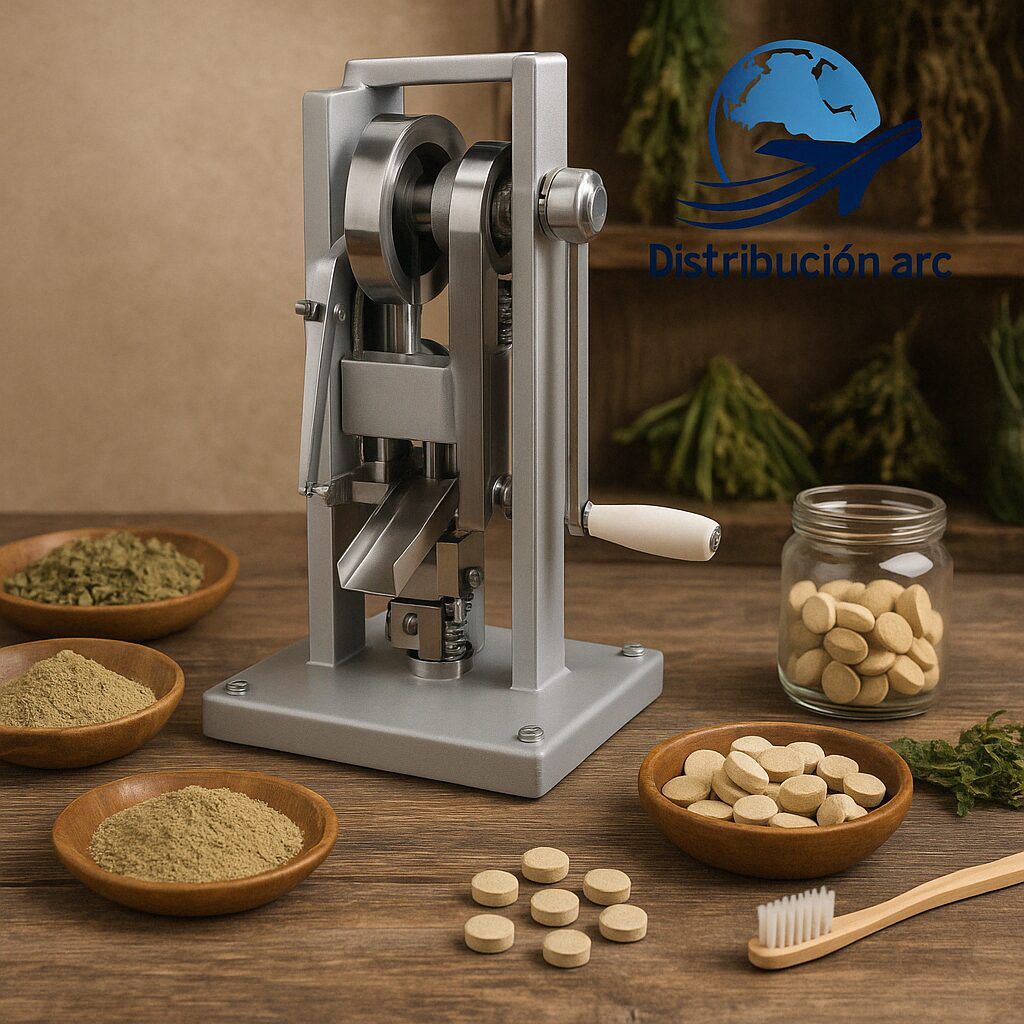
How to choose natural excipients for your herbal tablets
When it comes to making your own herbal tablets, one of the most important—and often overlooked—aspects is choosing the right excipient. A natural excipient is the ingredient that allows compaction and stabilization your mixture without altering its therapeutic properties.
Here we show you the best natural excipients, their uses, benefits, and how to choose the most suitable one for your homemade or commercial formulas.
🌿 What is an excipient?
It is an inert ingredient that accompanies the active ingredient (e.g., a medicinal plant) in the formation of the tablet. It has no direct therapeutic function, but is essential for:
Bind the mixture
Facilitate compression
Improve texture and dissolution
Ensure uniform dosage
“V BLENDER MIXER FOR COLLAGEN SUPPLEMENT POWDER” has been added to your cart. View cart
PROBIOTICS ONE-STROKE PRESSER
3.784,95$ Taxes includedEXTENDED RELEASE TABLET FORMING MACHINE
16.304,40$ Taxes includedPill making machine, tablets, manual or automatic tablet press
Rated 5.00 out of 5
1.956,53$ Taxes included
🧪 Most commonly used natural excipients
1. Microcrystalline cellulose
💡 The most common and effective
It comes from vegetable fibers
Ideal for compact, hard, flavorless tablets
2. Corn or rice starch
It serves as a binder and absorbent
Gives a soft texture and a good finish
Economical and easy to find
3. Maltodextrin
Natural derivative of corn or rice
Provides volume and allows for a homogeneous mix
Good dissolution in the mouth
4. Gum arabic or acacia
Excellent natural binder
It is especially used in chewable tablets
Improves tablet stability
5. Whole oat flour
Rich in fiber and nutrients
Provides a creamy, firm base
Ideal for soft nutritional tablets
🛠️ How to choose the right excipient
✅ According to the base plant:
Light plants (such as chamomile, linden): require compacting excipients such as cellulose.
Dense plants (such as turmeric, ginger): work well with starch or maltodextrin.
✅ Depending on the desired final format:
Hard tablet: microcrystalline cellulose
Chewable: gum arabic, starch
Fast dissolving: maltodextrin
✅ According to the target audience:
For children or the elderly: use neutral-tasting, soft-textured excipients.
Vegans: All of the above are suitable if certified
📋 Sample formula (500 mg tablet)
300 mg of active plant (e.g. passionflower)
180 mg of excipient (cellulose or starch)
20 mg magnesium stearate (natural lubricant)
🧑🔬 Basic step by step
Weigh and mix the active ingredient with the excipient.
Add natural lubricant if you want to make compression easier.
Load into your tablet machine, press and unmold.
Dry for 24 hours in a cool, dry place.
💬 Frequently Asked Questions
Can I use just the powdered plant without any excipients?
👉 Not recommended. Many plants don't compact well on their own.
Can I mix several excipients?
👉 Yes. You can combine, for example, cellulose + oats to adjust texture and hardness.
Where can these excipients be obtained?
👉 In natural product stores, laboratories, or organic ingredient suppliers.
🧾 Conclusion
Choose the correct natural excipient It's the key to achieving effective, long-lasting, and safe herbal tablets. With your pill making machine and the right ingredients, you can professionalize your production from home or start creating custom formulas.
🔗 Discover our herbal tablet making machine: manual or automatic


